The Inca Trail to Machu Picchu is not just another hiking trail; it is a journey right through the heart of Inca history as well as through some of the most beautiful landscapes the Peruvian Andes have to offer. Imagine: as you make your way along ancient paths where the Incas themselves once left their footprints, you'll climb high mountain passes, dive into mysterious cloud forests, and discover hidden archaeological sites. Each of these places tells its own story and provides a new perspective on the life and culture of the Incas. And then, after all that effort, that unforgettable moment at the Sun Gate - your first glimpse of Machu Picchu. Magical!
At Bookatrekking.com, we do everything we can to make your Inca Trail experience a real dream trip. Permits, tips for getting used to the altitude, and all the handy facts for a smooth adventure. All you have to do is hike and enjoy. And trust us, the satisfaction - and the cold beer at the end - taste even better than you think. Sound like your next adventure? Vamos!



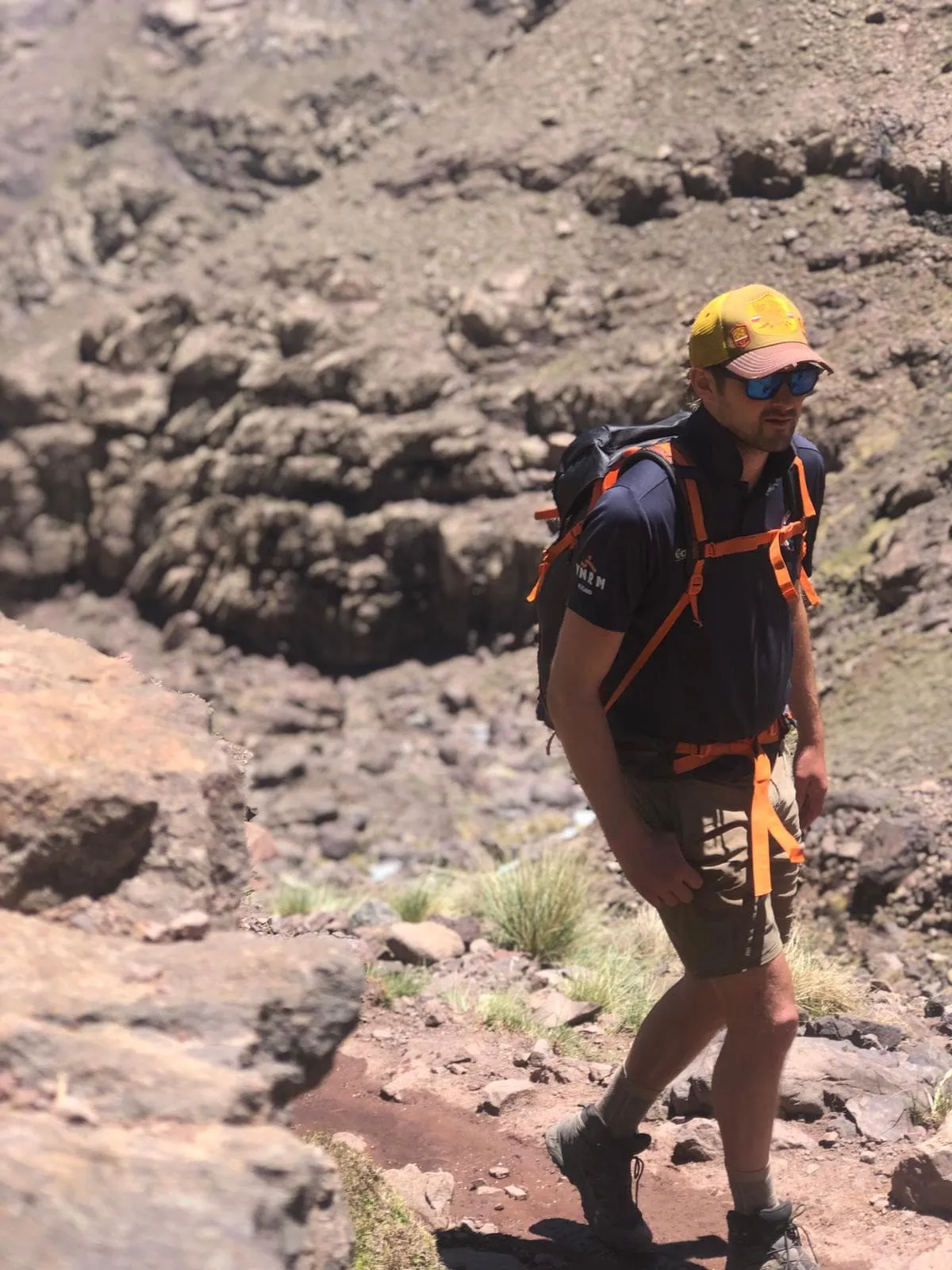

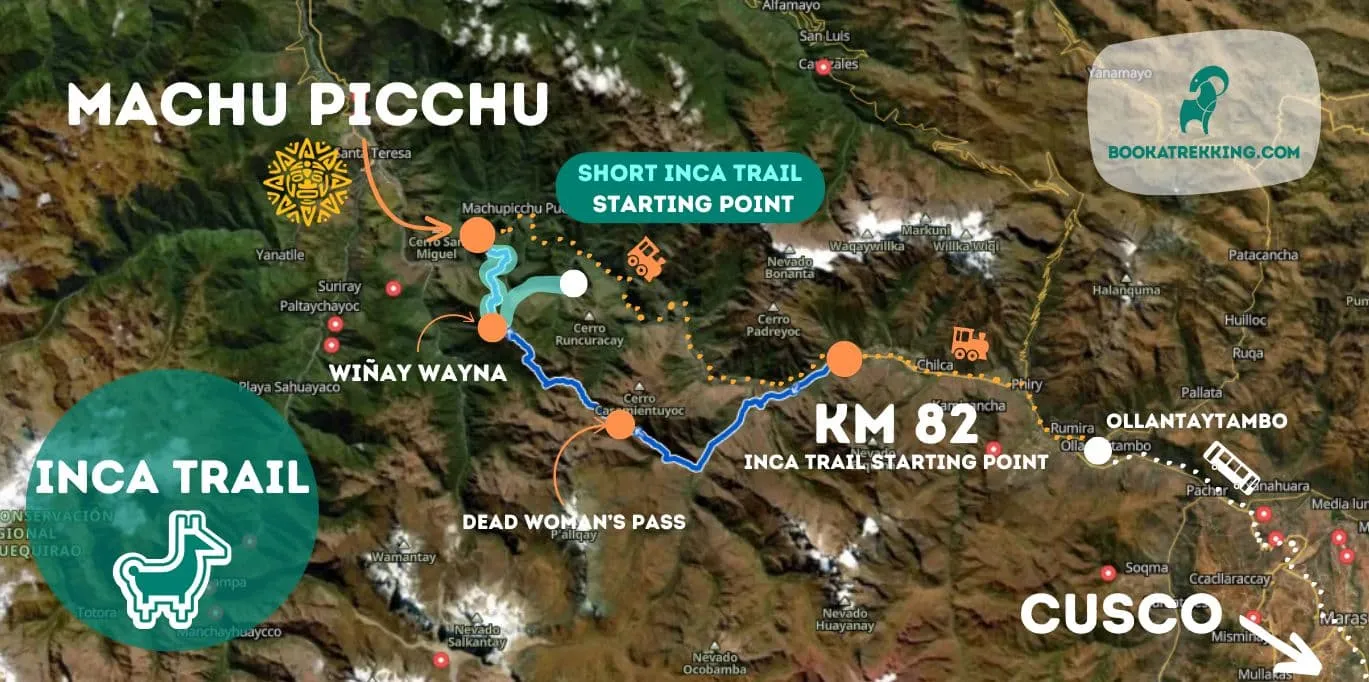
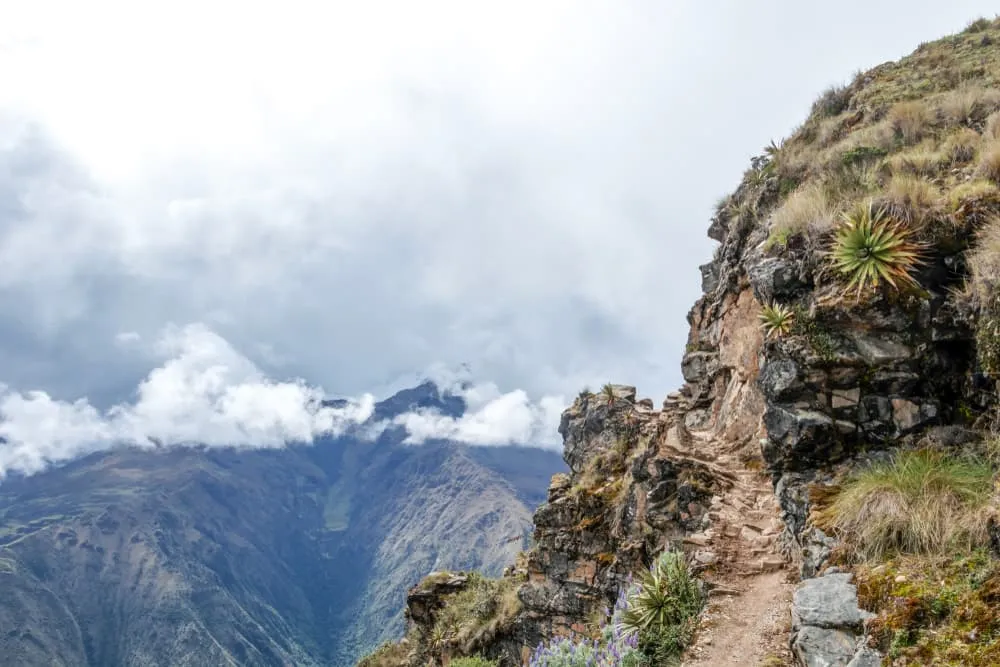
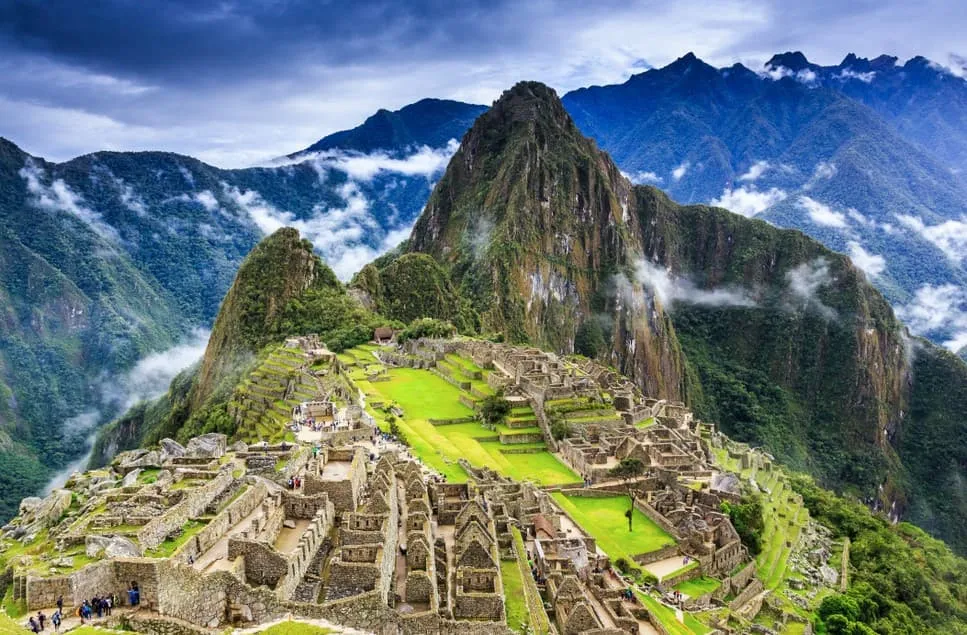
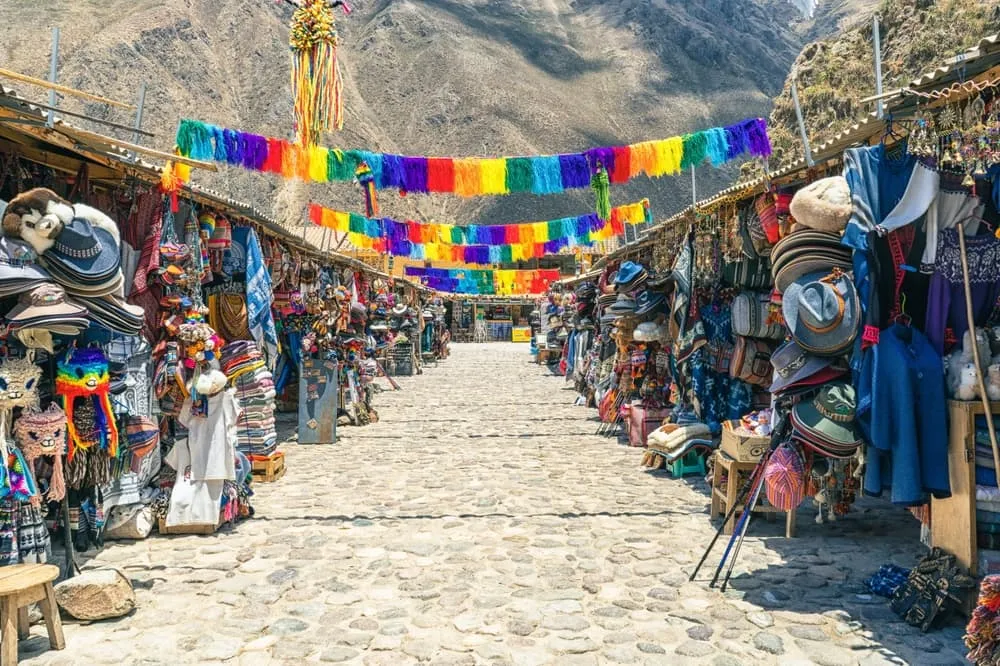
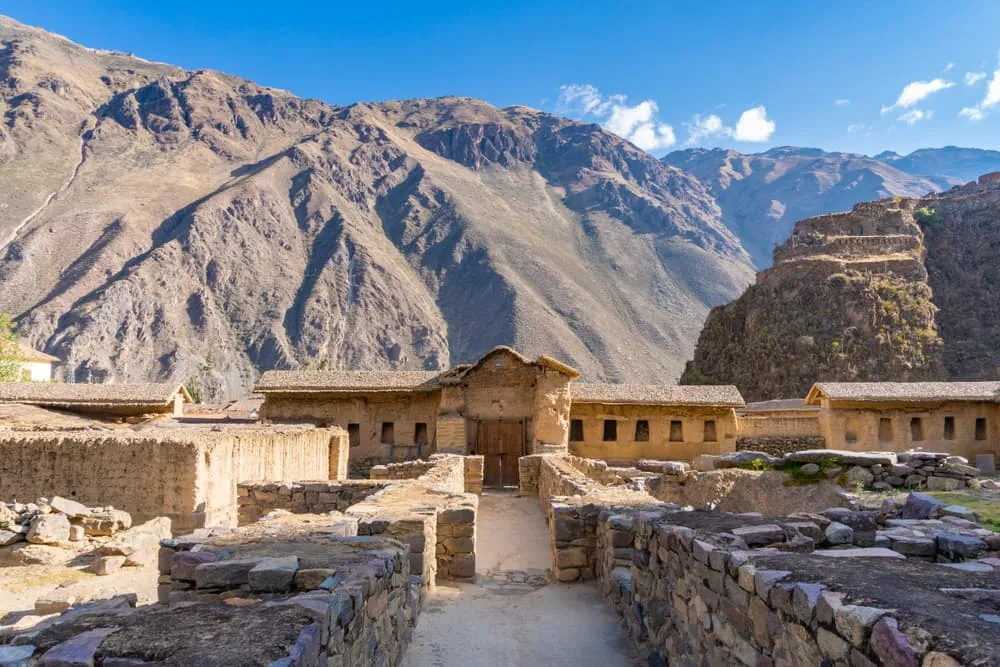
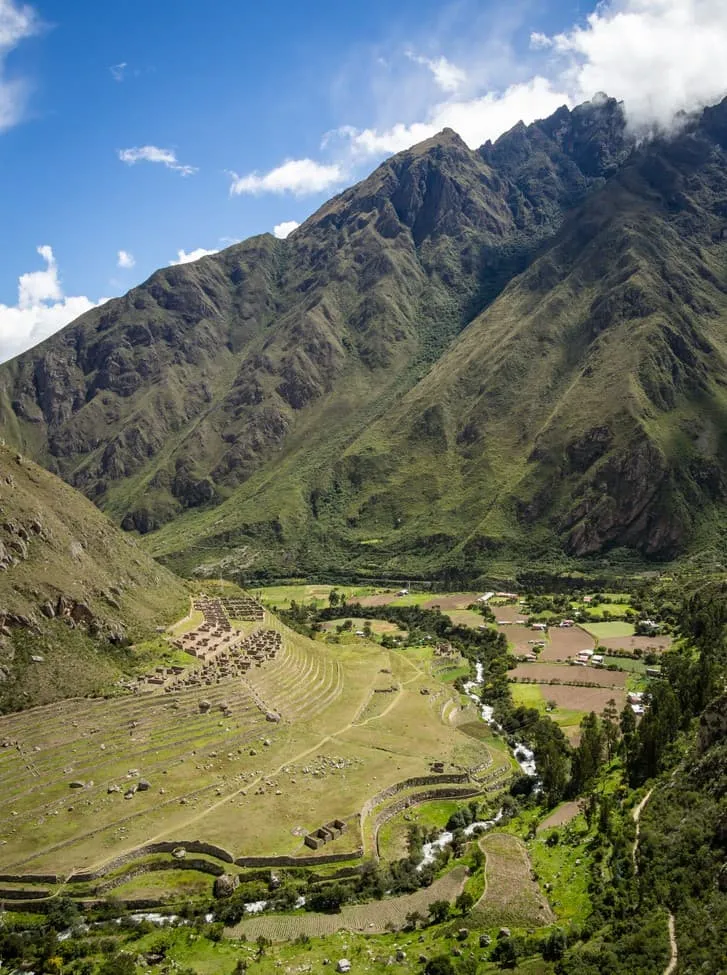
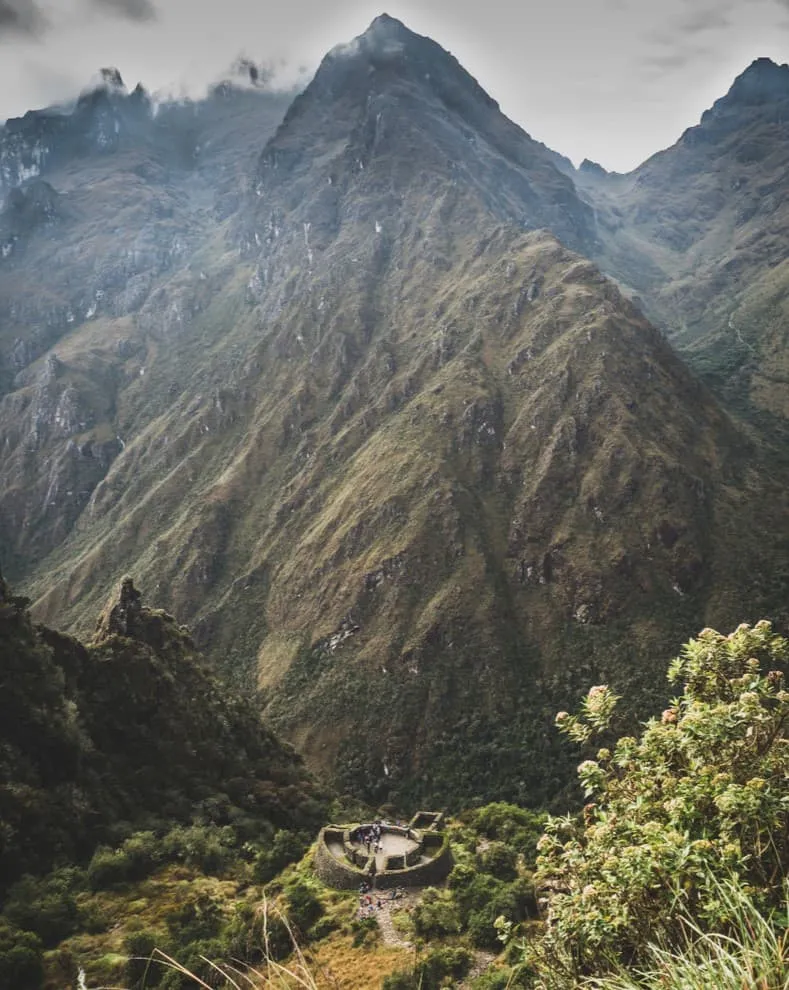
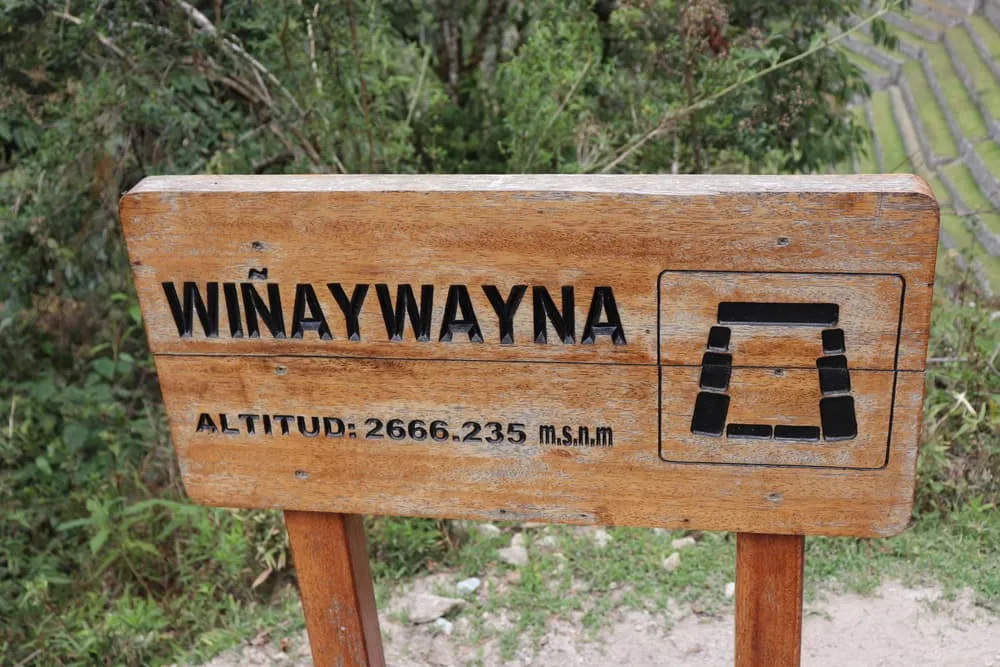
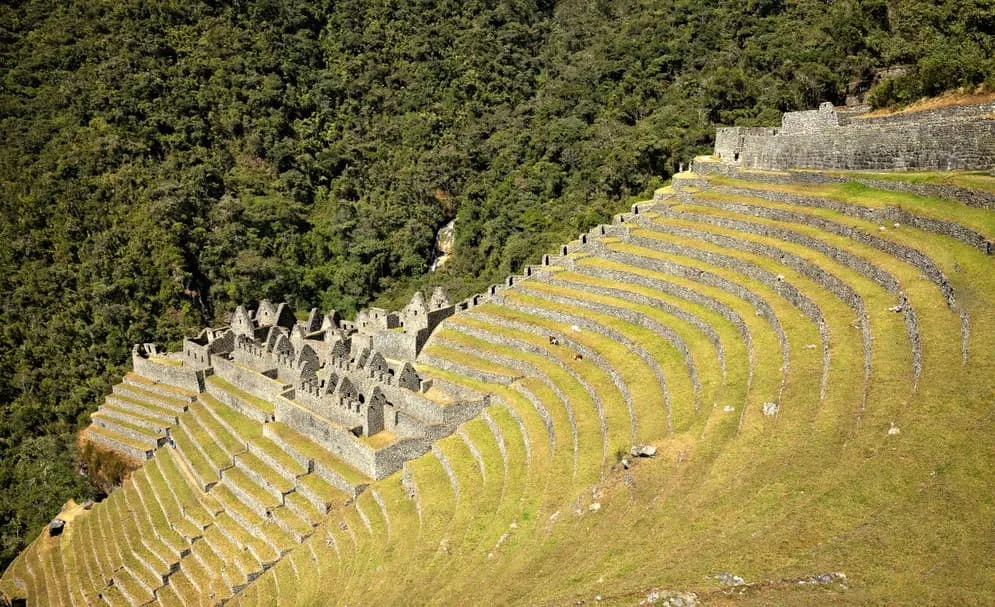
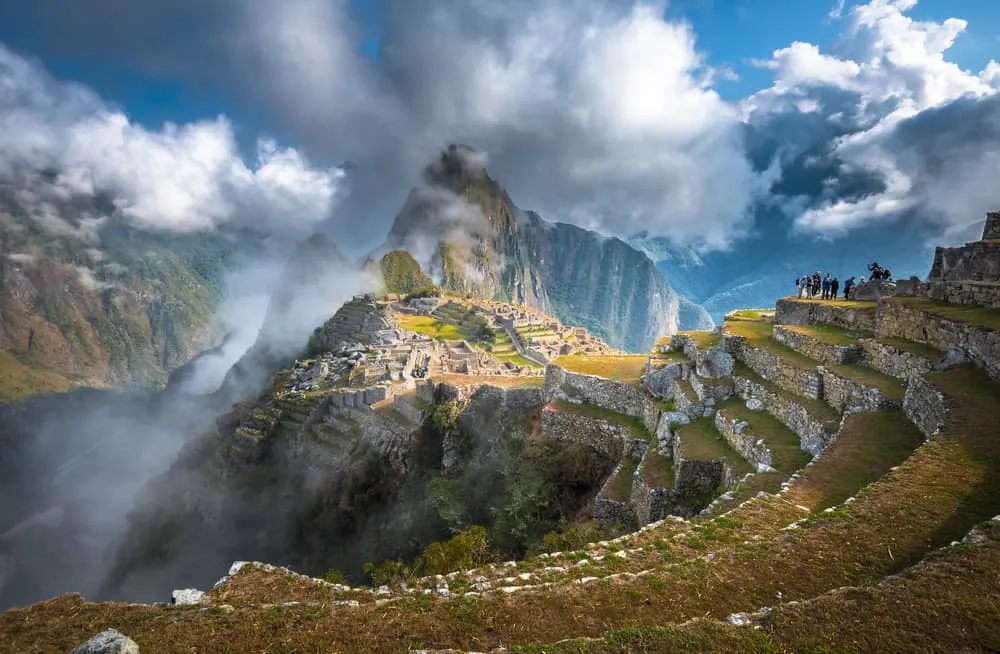
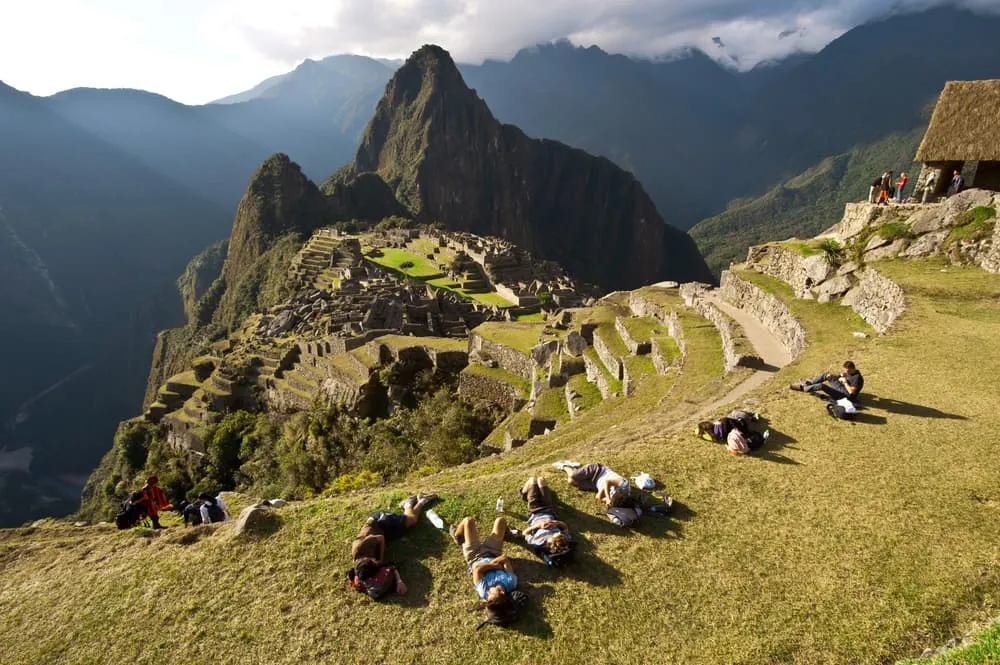
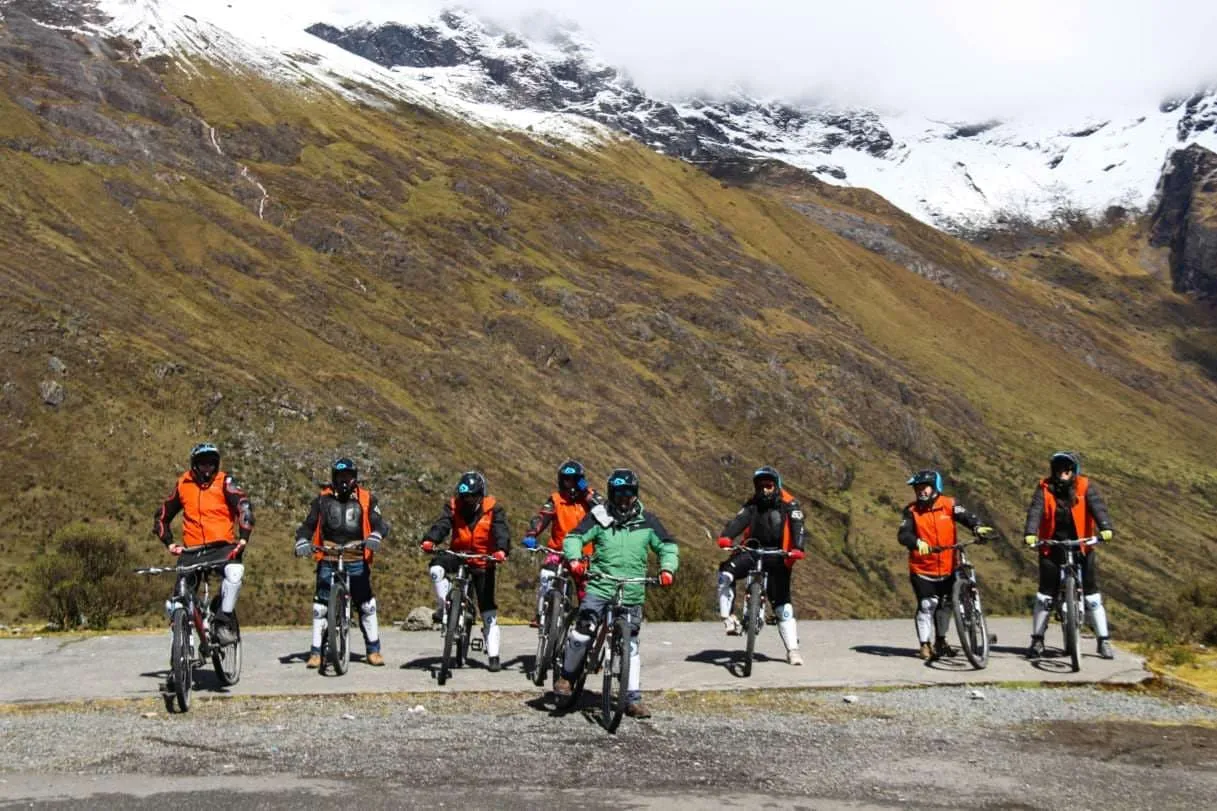
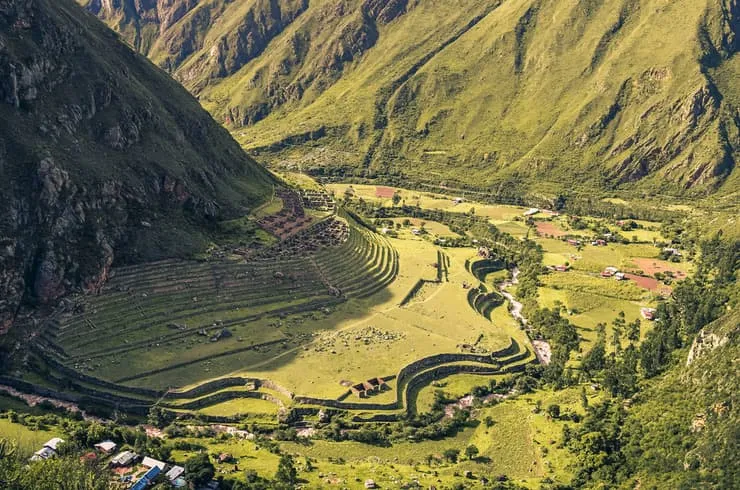
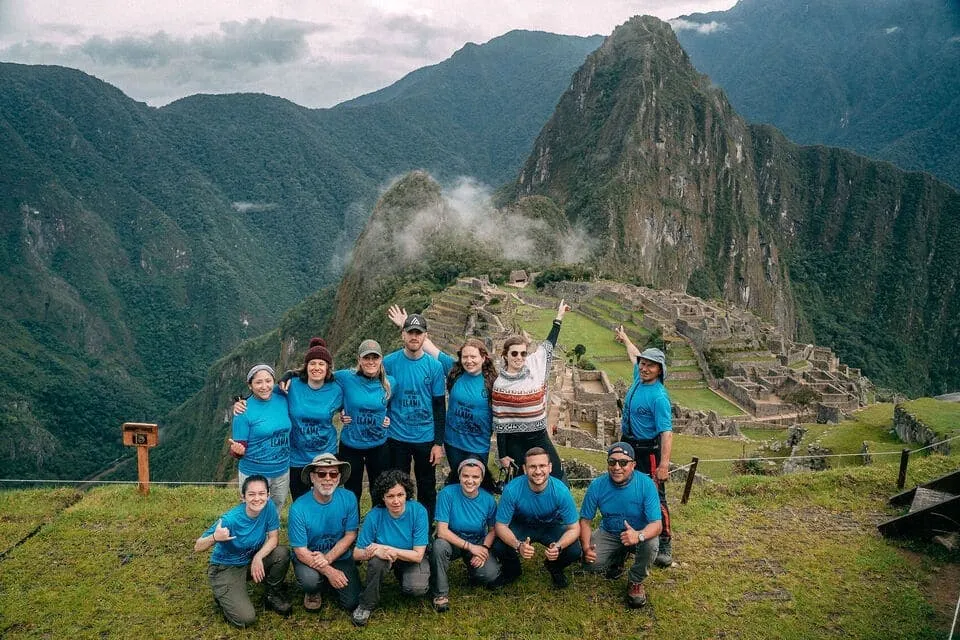
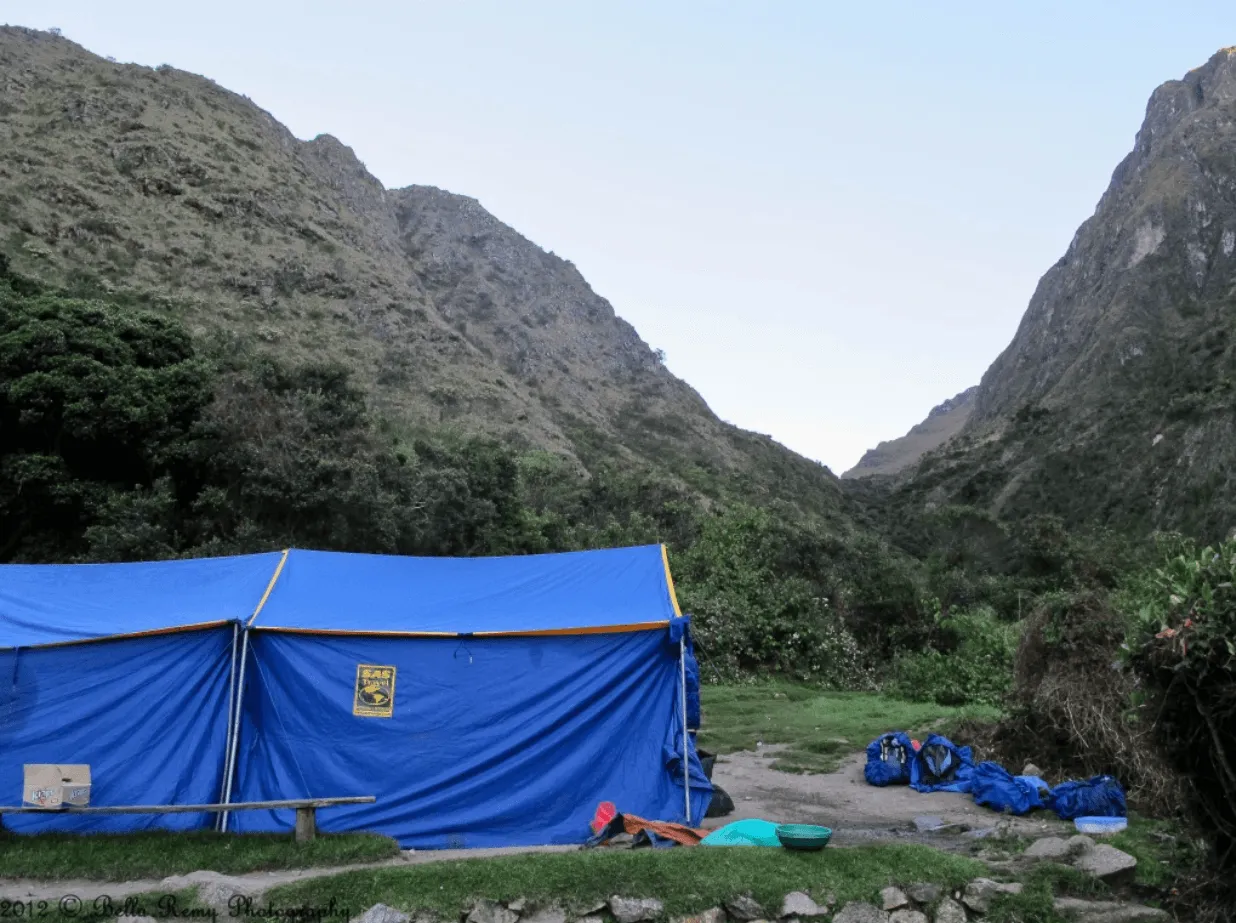
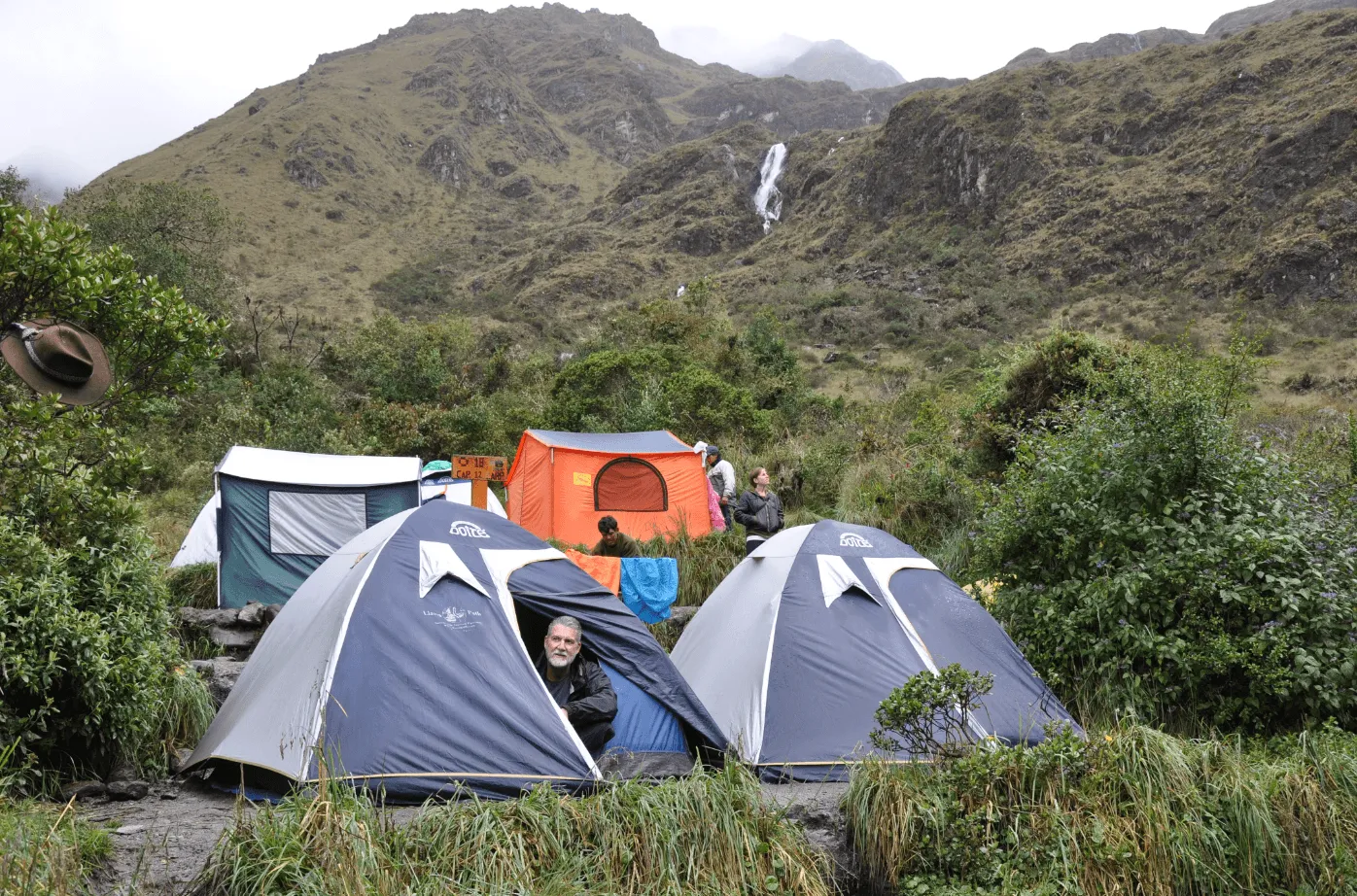
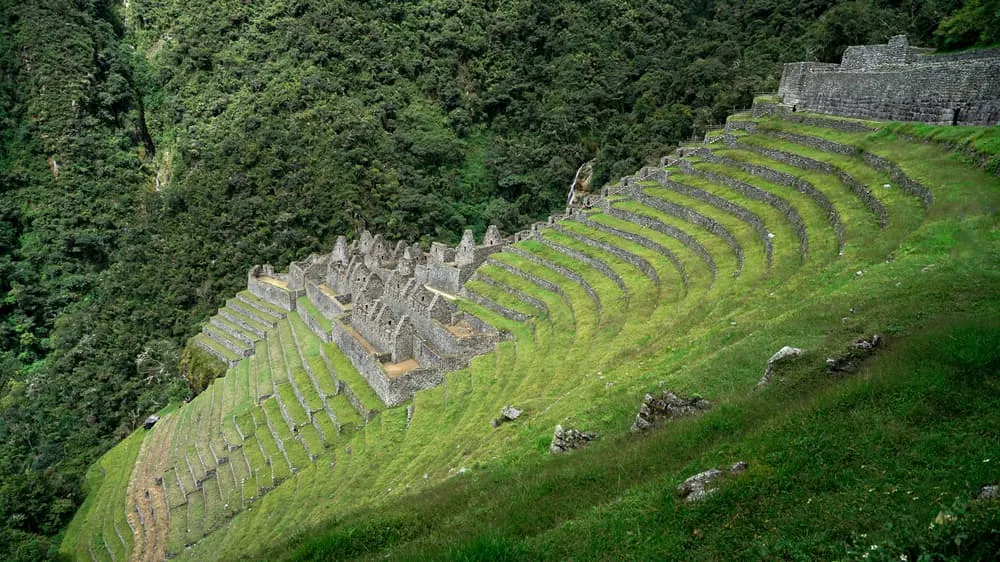
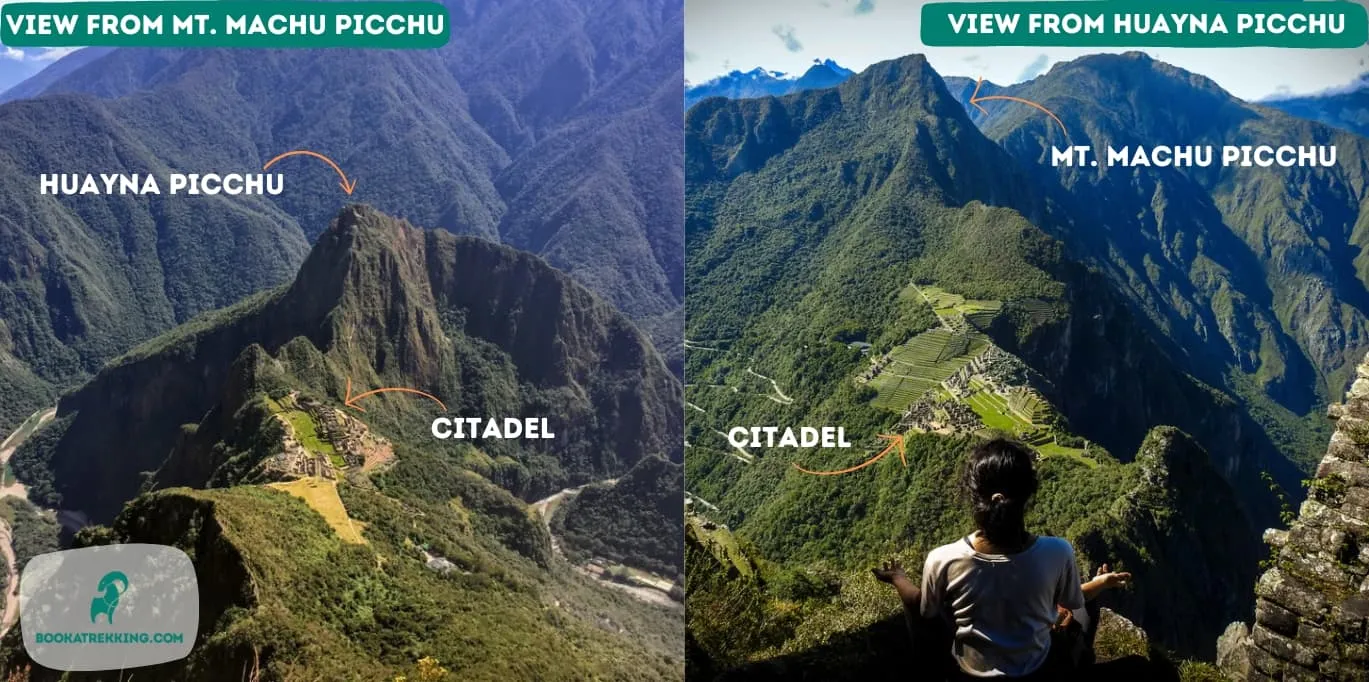
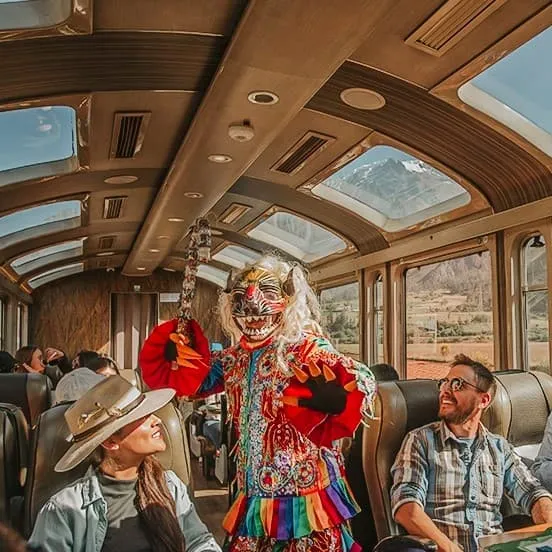
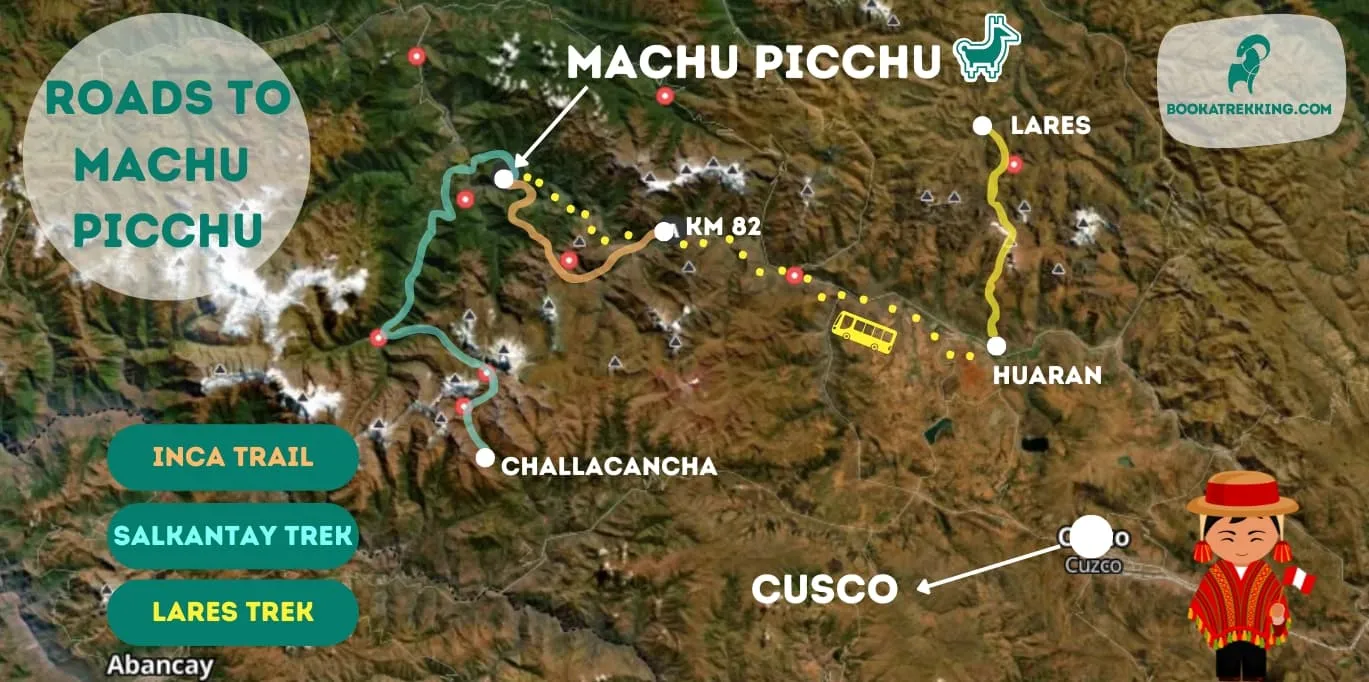
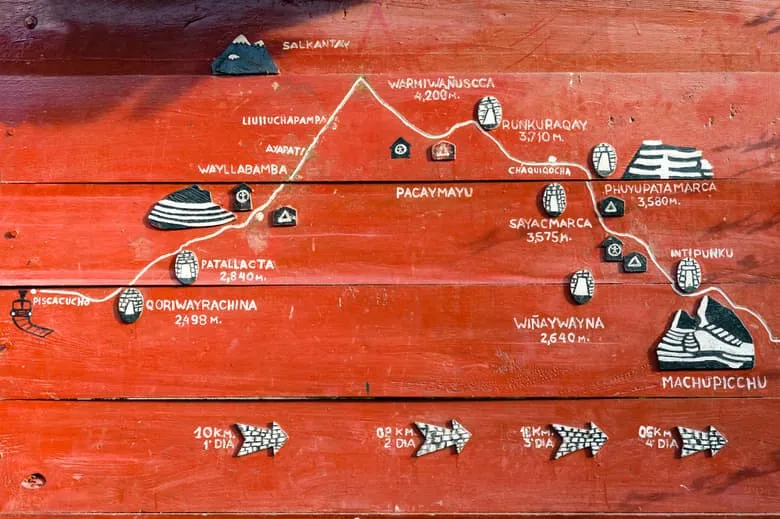
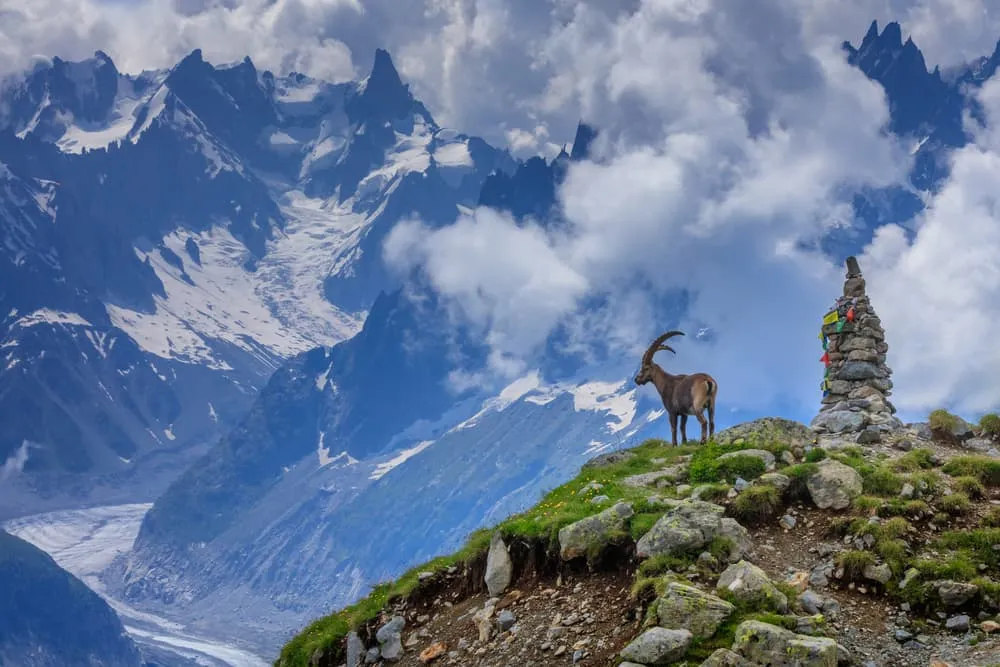
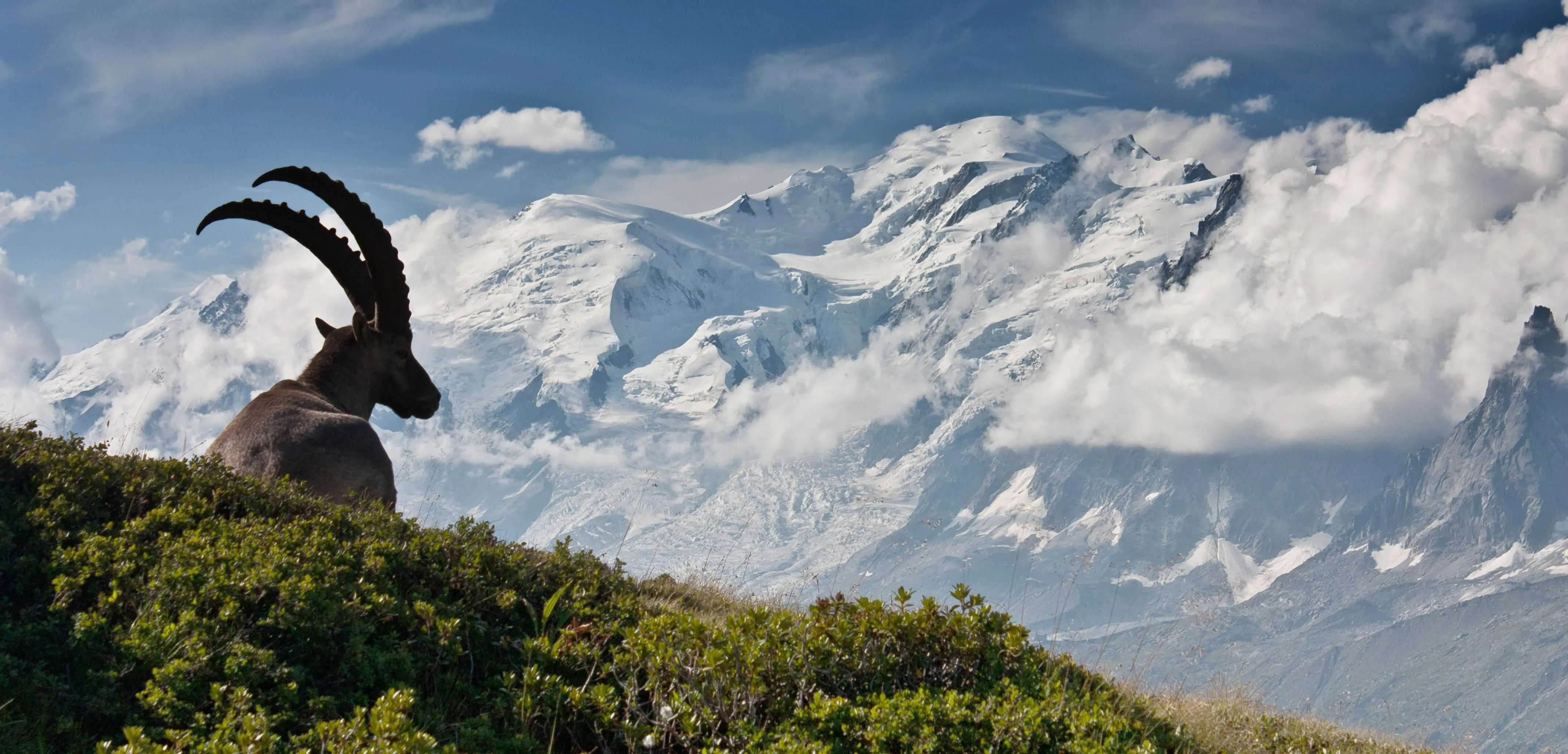
Comments